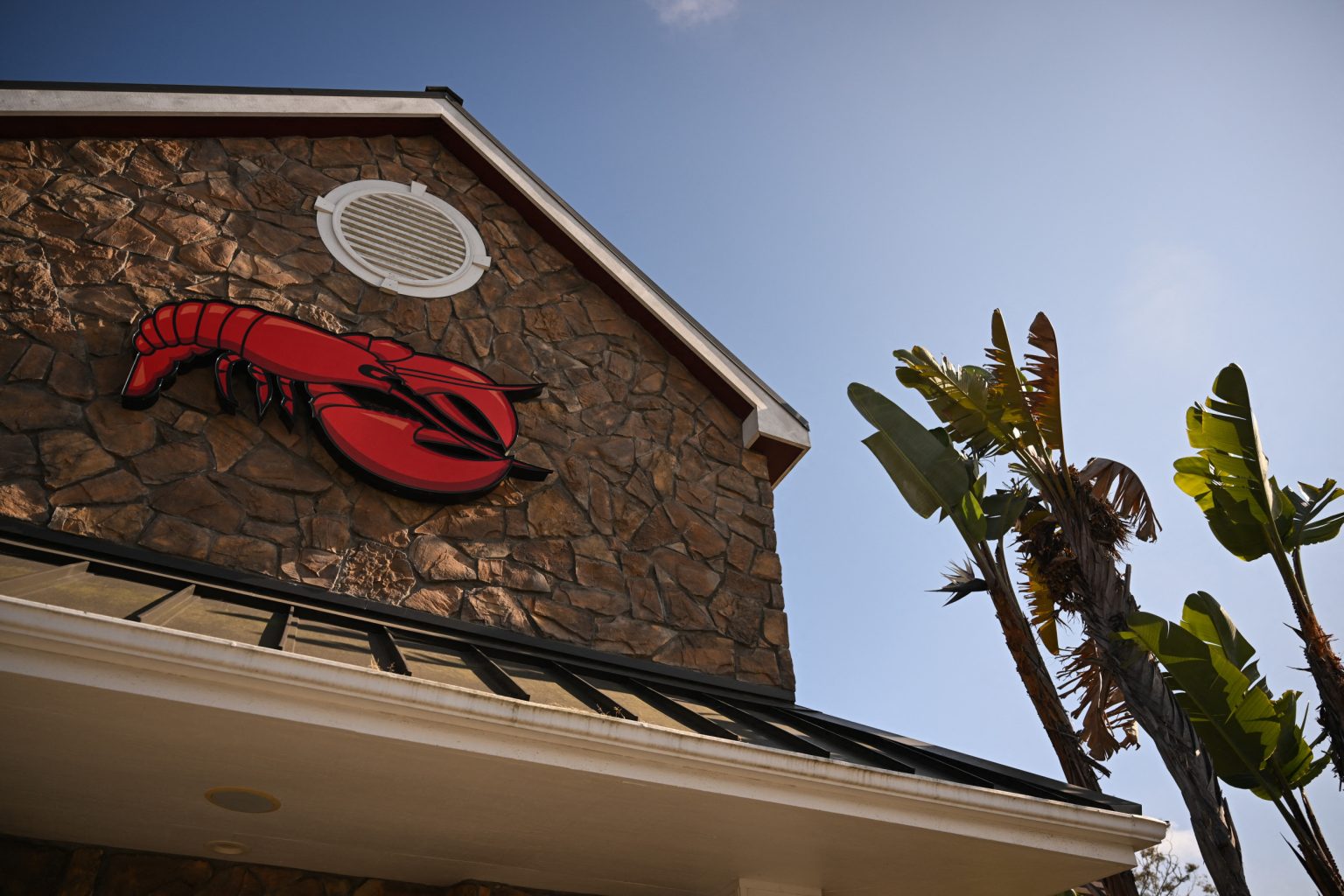The sudden closure of dozens of Red Lobster restaurants across the U.S. has raised concerns of potential lawsuits from disgruntled former employees. The closures, which were not officially announced by the company, may have violated the Worker Adjustment and Retraining Notification (WARN) Act, which requires companies with 100 or more full-time employees to provide at least 60 days of notice for planned mass layoffs or closings. Red Lobster’s failure to notify employees of the closures could lead to litigation, according to Sarah Foss, a legal expert with experience in business reorganizations and Chapter 11 bankruptcy cases.
Reports of over 50 Red Lobster restaurants being auctioned off by a restaurant liquidator have further highlighted the extent of the closures. Although not confirmed by Red Lobster, the closures were evident on their website, where numerous locations were listed as temporarily shut down. Former employees have expressed frustration over the lack of notice, with one employee sharing their experience of losing their job without warning despite working on Mother’s Day. Foss suggested that former employees may have grounds to sue the company for its handling of the closures.
Red Lobster’s financial struggles have been exacerbated by the challenges of the pandemic, including declining sales and profits, significant debt, and unfavorable lease terms. Despite attempts to attract customers with promotions like the “Ultimate Endless Shrimp” deal, the company has faced losses and difficulties turning its situation around. The potential filing for Chapter 11 bankruptcy has been discussed as a possible option for Red Lobster to address its financial distress and renegotiate burdensome leases and contracts.
The uncertainty surrounding Red Lobster’s future has led to speculation about the company’s next steps. Thai Group, who owns a 25 percent stake in Red Lobster, has indicated that they are in the process of exiting their minority investment. The potential for bankruptcy filing has also been mentioned, with discussions about both a sale and standalone restructuring options being considered. The bankruptcy filing, if pursued, would be the first from a major restaurant chain this year, amidst a broader trend of retailers, healthcare, and telecommunications companies commencing Chapter 11 proceedings.
The closures and potential legal repercussions have shed light on the challenges facing the restaurant industry, particularly in the wake of the pandemic. Red Lobster’s struggles are emblematic of the broader economic difficulties that many businesses are grappling with, as they seek to navigate changing consumer behaviors and financial pressures. The impact of the closures on former employees, who were left without warning or job security, highlights the human cost of these challenges and underscores the importance of companies adhering to labor laws and regulations even in times of financial distress.
As Red Lobster navigates its financial difficulties and explores potential restructuring options, the company’s future remains uncertain. Whether it pursues bankruptcy, a sale, or other strategic initiatives, the seafood chain will need to address the underlying issues that have contributed to its financial troubles. The attention drawn to Red Lobster’s situation serves as a reminder of the fragility of businesses in today’s rapidly changing economic landscape, and the importance of proactive, transparent communication with employees and stakeholders during times of upheaval.


